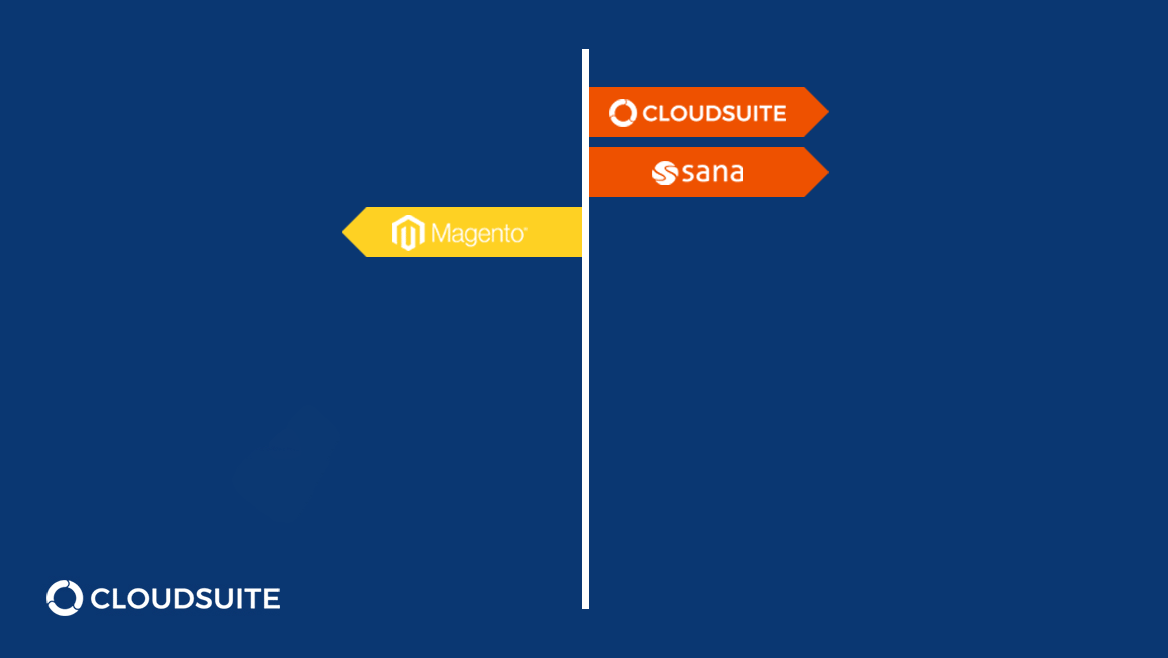Nowadays there is a variety of eCommerce platforms a webshop can run on. There are also many different parties that deliver the software. How do you find the software and the supplier that match your wishes and organization? In this third blog about replatforming we help you make a choice through a step-by-step plan.

The switch from one eCommerce platform to another (replatforming) is not about one night. It is business critical software and there is a lot involved. To make a suitable choice for your organization, we recommend that you go through the following steps:
 |
It sounds like an open door, but before you start looking for an eCommerce platform and supplier it is important to know what your requirements are. Also consider the future (internationalization, expansion of shops). In order to come to a list of requirements, you also take the wishes of your customer into account. What are they satisfied about and what complaints have you perhaps received about the current webshop? You have to describe the requirements in user stories to be as complete as possible. |
A few criteria to take into account:
You now probably have a long list of requirements. But how important are these piece by piece? The MoSCoW method is a clear way to set priorities in a uniform manner. Within this method there are 4 types of requirements:
To find the right provider, it is wise to do market research. Who are the established eCommerce parties and who are the newcomers? By doing (online) desk research you will learn a lot. Customer cases can often be found which give you an idea whether a particular provider fits your industry and what results they have achieved.
A few more tips:
If you have taken all these steps, you can prepare a long list of potential eCommerce platform parties. You can approach these parties without obligation with a number of (standard) questions. This can, for example, be done by means of an RFI (Request for Information) or RFP (Request for Proposal). The purpose of this is to get a picture of the providers. How do they work and does that suit you? Do they offer what you are looking for and within the available budget?
When you have received the information, a number of parties often already drop out. This may have to do with the SLA (Service Level Agreement) that does not suit your office hours.
A list of parties that meet your requirements remains. Schedule a meeting with these parties and have them pitch their proposal. You will soon notice whether there is a click and whether you have faith in their story. You then draw up a shortlist with the three most interesting parties that you may want to work with.
You ask the three remaining parties for a quote. It is important that you share with them what the current situation is and what the desired situation is. Which (peripheral) conditions must the supplier meet? Focus mainly on functionality and not on technology. Keep in mind that it is about the most pleasant customer experience possible.
When bidding, pay attention to what is included and what they charge extra costs for. A number of questions that you want to be able to answer are:
Now the time has come for you to choose a supplier. The checklist of Ray Carter (including writer of management books) is a useful tool for this. In this checklist you tick off ten points to arrive at the best match. So you don't think afterwards "okay, the purchase price was low, but the quality that was delivered and the communication was below par." Instead, choose the party with which you start the partnership with complete confidence! |
 |
Consider an MVPWith your must-haves in hand, you might consider asking a supplier for an MVP (Minimal Viable Product). "Viable" means feasible or viable. You then get started with an application that has all the core functions. Because you get feedback from real customers, you gradually get insight into which additions are really needed. In practice, there often appears to be a difference with what you had thought up in advance. Want to know more about the benefits of MVP? Then read the previous blog: Why RFP when you can MVP?. |
In our first blog you can read 3 reasons why replatforming gives a huge boost to your webshop. Next week the fourth and thus last blog if this 4-part series on replatforming will be pusblished. In that blog we will address the question "How do you implement a new e-commerce platform?".
Need help selecting a webshop software partner? CloudSuite is happy to help you! We can provide you with documents, questionnaires and advice.
Please contact us via telephone number: +31 (0)30 750 15 25 or e-mail: info@cloudsuite.com